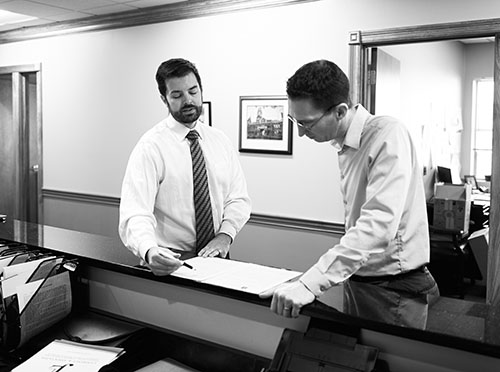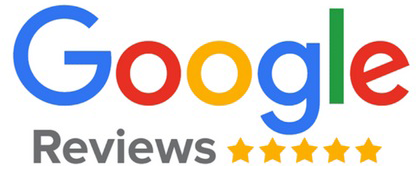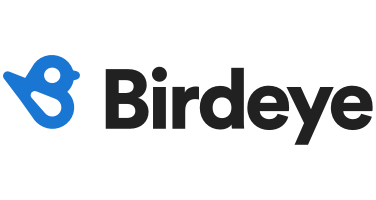Hit by a DoorDash driver? Here’s what to do.
Posted on Monday, June 1st, 2020 at 1:48 pm
 A motor vehicle collision is a stressful, unhappy time no matter what. Even the most minor of crashes can cause property damage and injuries, and that leads to missed time from work, missed bill payments, pain, and frustration. The good news is, we have insurance and our insurance is supposed to take care of all this quickly and easily, right? But what if you can’t figure out which insurance is supposed to cover the collision? That’s the problem we are seeing more and more with the rise of the “gig economy” and services such as Uber Eats, DoorDash, and Grubhub, not to mention the original gig jobs of driving a taxi for Uber or Lyft. When you’re hit by a driver working as an independent contractor for one of these companies, you can find yourself in a confusing situation where every insurance carrier is pointing the finger at someone else.
A motor vehicle collision is a stressful, unhappy time no matter what. Even the most minor of crashes can cause property damage and injuries, and that leads to missed time from work, missed bill payments, pain, and frustration. The good news is, we have insurance and our insurance is supposed to take care of all this quickly and easily, right? But what if you can’t figure out which insurance is supposed to cover the collision? That’s the problem we are seeing more and more with the rise of the “gig economy” and services such as Uber Eats, DoorDash, and Grubhub, not to mention the original gig jobs of driving a taxi for Uber or Lyft. When you’re hit by a driver working as an independent contractor for one of these companies, you can find yourself in a confusing situation where every insurance carrier is pointing the finger at someone else.
Determining Which Insurer Should Pay
Let’s start with the basics. In a normal motor vehicle collision where the other driver is at fault, your insurance steps in right away with no-fault benefits. In Kentucky the minimum no-fault benefits are $10,000 of PIP and in Ohio the minimum no fault benefits are $5,000 of med pay. Kentucky’s PIP goes toward medical bills and up to $200 per week in lost wages, while Ohio’s med pay only goes toward medical bills. After that, your insurance policy is done for a while. That is when the at-fault driver’s policy should step in. (If you have underinsured motorist coverage, your insurance might step back in at a later time, but that’s beyond the scope of this post.)
The problem with someone driving for a gig job is that you don’t know whose auto insurance policy should cover, at least not right away. Let’s use DoorDash as an example. Assume you were hit by a driver whose job was to take food from your local McDonalds to a DoorDash customer. This driver should have personal auto insurance to cover driving when that person isn’t working for DoorDash. After all, this is the at-fault driver’s personal vehicle and there are plenty of times when he or she is picking kids up from school, going to the grocery, or maybe going to another job. All of those things are personal to the driver and don’t involve DoorDash. But DoorDash also has its own insurance company that provides coverage for injuries caused by their employees while driving. Usually that insurance is through a California company called Assurant, even if you’re hurt in Kentucky or Ohio (the two states where Lawrence & Associates Accident and Injury Lawyers, LLC is licensed). So while the at-fault driver is working for DoorDash, the driver has two insurance policies covering their negligent driving: one personal, and one professional.
At first, having two different insurance policies at hand sounds great. Double the coverage, and almost no chance of running out of insurance while you still have medical bills to pay! What could go wrong? Unfortunately, the devil is often in the details. Here, that devil can be reduced to one question: Who has to pay first? Continuing our example above, let’s assume the at-fault driver for DoorDash has a personal auto insurance policy through State Farm and then DoorDash’s professional policy through Assurant. The driver caused the collision while going to pick up the food, but before actually getting to the restaurant. State Farm has an exclusion in all its policies that says they will not pay any money for a driver that is using the personal car in a professional job. Let’s further assume Assurant has an exclusion that says it only provides coverage from the moment the driver picks up the order to the moment the driver delivers it. If the crash occurs while the driver is picking up the food but before the food is picked up, it leaves the insurance coverage in a no-man’s land where nobody wants to pay. And that leaves the injured person who is not at fault with few good options.
What are your options after being in an accident with a delivery driver?
What should you do if you find yourself in this situation? This will seem a little cliché when coming from an attorney’s website, but the first thing to do is call a lawyer. At law firms specializing in automobile accidents, attorneys should get a lot of training on how to unravel this type of contractual snarl. Not every insurance claim requires an attorney, but if both adjusters deny payment and each points the finger at each other, you’ve reached the point where paying an attorney is worthwhile.
Second, take a deep breath. While the resolution won’t necessarily be quick, you are likely to receive a resolution that causes insurance payments to go toward your medical bills, lost wages, the diminished value of your car, and you and your spouses pain and suffering related to the accident. In both Ohio and Kentucky, the law absolutely hates a lack of insurance coverage. Judges are instructed to try to find coverage from someone, somewhere, unless there’s just no way to do it. So in our example above, it’s most likely that you’ll get coverage from either DoorDash’s Assurant policy or the driver’s personal StateFarm policy.
Third, don’t let the confusion make you take less than you’re due just to get rid of the headache. It can be tempting to do that but this money is supposed to cover medical bills and replace missing paychecks. Your doctor and your mortgage company aren’t going to forgive your obligations out of sympathy for the tough situation you’re in, so you can’t take one red cent less than what you need to cover what you’ve lost.
Whose insurance will pay?
Which insurance company should provide the coverage for the collision in the example above? DoorDash and Assurant are probably holding the bag, regardless of whether you use Ohio or Kentucky law. One of the first things we’d look at is whether the at-fault driver was logged into the DoorDash app when the collision occurred. If not, that points to the driver not being on the job and the driver’s personal insurance covering. But if the driver was logged in, that indicates the driver was on the job regardless of whether the driver had picked up the delivery food. State law has a lot of effect here, but often state law draws the line at whether the driver is furthering the employer’s interest (i.e. by getting food for delivery after a fee was paid on the app, which is how DoorDash makes money). If the driver is doing what the employer hires the driver to do, the employer can be liable. DoorDash isn’t likely to leave itself completely exposed with no insurance coverage at all, so even if the Assurant policy doesn’t have to cover the crash, DoorDash may have some other policy that will. DoorDash might even lean on Assurant to provide coverage for you, just to avoid a lawsuit. Solutions aren’t always straightforward and sometimes require arm twisting, but arm twisting is sort of what lawyers are for.
Discuss Your DoorDash Accident with a Lawyer
If you’ve been in a wreck like this one and all the insurance policies are telling you they won’t pay for the bills – or won’t pay enough – do yourself a favor and set up a free consultation with an attorney. Most attorneys charge contingency fees, so it won’t break your bank. And on top of that, good attorneys almost always move cases along more quickly and for better results than what you would see without the attorney. If you’ve got any questions about an accident like the DoorDash scenario in the example above, please give us a call at (513) 351-5997. Lawrence & Associates Accident and Injury Lawyers, LLC is Working Hard for the Working Class. We’d love to help you.










